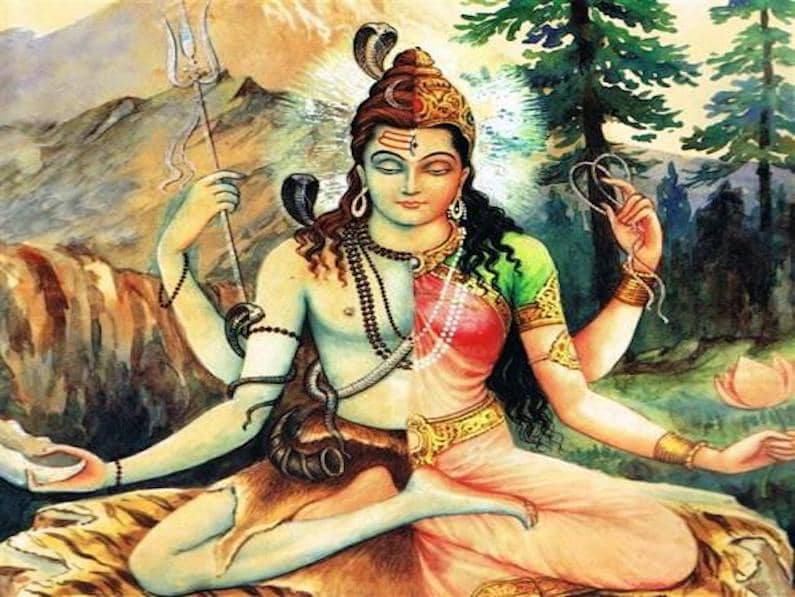Guru Purnima, a sacred day of reverence and gratitude, is a significant festival celebrated in various cultures to honor the invaluable role of teachers and mentors. This article explores the essence and significance of Guru Purnima in 2023, highlighting the customs, rituals, and spiritual practices associated with this auspicious occasion. The Guru Purnima falls on 3rd July 2023 this year. Join us as we delve into the profound depths of Guru Purnima and pay tribute to the guiding lights who lead us on the path of knowledge and wisdom.
I. Understanding Guru Purnima
1.1 The Essence of Guru Purnima
Guru Purnima, also known as Vyasa Purnima, is celebrated on the full moon day of the Hindu month of Ashadha (June-July). This day is dedicated to expressing gratitude towards gurus, spiritual teachers, and mentors who guide and illuminate our lives. The word “guru” derives from Sanskrit. It means “Gu-ru” meaning “dispeller of darkness,” symbolizing the role of a teacher in leading their disciples from ignorance to knowledge.
In the Hindu tradition, the words Guru and Teacher are not synonymous. A teacher means someone who teaches a skill. Guru is a rank above teacher and his/her role is to guide the disciple towards leading a better, fulfilling life, cultivate human values, and help an individual to follow their purpose and path.
1.2 Historical and Mythological Significance
The origins of Guru Purnima can be traced back to ancient India. It is believed that the sage Vyasa, who authored the Mahabharata, was born on this day. Vyasa is revered as a guru, and his teachings are considered invaluable. Additionally, Guru Purnima also commemorates the great sage Adi Shankaracharya, who revived the guru-disciple tradition and established the Dashanami Sampradaya.

II. Rituals and Customs
2.1 Guru Puja: Worshiping the Divine Teachers
Beginning Every venture, anything new in terms of spirituality or education is considered incomplete without Guru Puja. It is a way of honouring our guides and mentors who held our hands through paths of confusion and indecision and led us toward growth and success.
On the auspicious day of Guru Purnima, disciples pay homage to their gurus through a ceremonial ritual known as Guru Puja. Devotees gather in ashrams, temples, and spiritual centers to express their reverence and gratitude. They offer flowers, fruits, incense, and other traditional items to the guru’s feet as a symbol of devotion and surrender.
2.2 Discourse and Satsang: Seeking Spiritual Wisdom
One is known by the company one keeps. Satsang literally means “with the truth”. In essence, it means being in the company of those that walk the path of the truth. Here truth means the truth about life and the universe.
Guru Purnima is an opportune time to attend discourses and satsangs (spiritual gatherings) led by enlightened masters. These sessions provide an opportunity for seekers to delve into the depths of spiritual wisdom, ask questions, and receive guidance from their gurus. Such interactions serve as a source of inspiration and motivation for those on the spiritual path.
2.3 Guru Dakshina: Offering Gifts and Contributions
Guru Dakshina is a ritual of offering something in return for all that the guru has taught. It is a form of payment for the services rendered. The guru-disciple relationship is considered very pure and pious. There is no place of ego or separateness here. But every exchange must complete itself. That is the law of the universe. Hence the student/disciple offers something to the guru as Dakshina in return for all that he/she has learned from the Guru.
Guru Dakshina is the tradition of offering gifts or donations to one’s guru as a token of appreciation. Disciples express their gratitude by presenting their gurus with offerings, which can be in the form of money, books, clothes, or any other valuable contribution. This custom symbolizes the disciple’s commitment to serving the guru’s mission and supporting their teachings.
III. Significance in Different Traditions
3.1 Guru Purnima in Hinduism
In Hinduism, Guru Purnima is regarded as a day of utmost importance. It is an occasion to honor and seek blessings from gurus who impart spiritual knowledge and guide disciples on their spiritual journey. Many devotees observe a day of fasting and engage in meditation, chanting, and recitation of sacred texts to strengthen their spiritual connection with their gurus.
3.2 Guru Purnima in Buddhism
For Buddhists, Guru Purnima holds deep significance as it commemorates the first sermon by Gautama Buddha after attaining enlightenment. Known as the “Dharma Chakra Pravartan,” this sermon established the foundation of Buddhist teachings. On this day, Buddhists pay homage to Lord Buddha and their spiritual teachers, engaging in meditation and reflecting on the teachings of compassion and enlightenment.
IV. Global Observance of Guru Purnima
4.1 Guru Purnima in India
In India, Guru Purnima is celebrated with great fervor and devotion. People from various walks of life express their gratitude towards their gurus, be it in the fields of education, arts, sports, or spirituality. Schools, colleges, and educational institutions organize special programs, cultural events, and felicitation ceremonies to honor teachers and acknowledge their significant contributions.
4.2 Guru Purnima Beyond India
Guru Purnima is not limited to India alone; it is celebrated by spiritual seekers and disciples around the world. In countries like Nepal, Sri Lanka, and Bhutan, people gather in monasteries and spiritual centers to participate in rituals and seek the blessings of their gurus. The universality of Guru Purnima reflects the timeless essence of the guru-disciple relationship transcending geographical boundaries.
V. Embracing the Guru’s Teachings
5.1 The Role of the Guru
A guru is not merely a teacher but a spiritual guide, imparting wisdom, nurturing growth, and illuminating the path of self-realization. The guru’s role extends beyond academic knowledge, emphasizing moral values, ethics, and character development. They inspire disciples to cultivate virtues, explore their inner potential, and discover their true purpose in life.
5.2 Guru-Disciple Relationship
The bond between a guru and a disciple is rooted in trust, respect, and surrender. The disciple approaches the guru with humility and a thirst for knowledge, while the guru imparts wisdom and provides guidance tailored to the disciple’s spiritual needs. The guru-disciple relationship is characterized by unconditional love, compassion, and the transmission of spiritual energy or “shaktipat.”
Conclusion
Guru Purnima 2023 offers us an opportunity to express our heartfelt gratitude and reverence to the divine teachers who have played a pivotal role in shaping our lives. As we celebrate this auspicious occasion, let us remember the profound teachings imparted by our gurus and strive to embody their wisdom in our daily lives. May the light of knowledge and enlightenment continue to illuminate our path, guided by the eternal bond between the guru and disciple.


